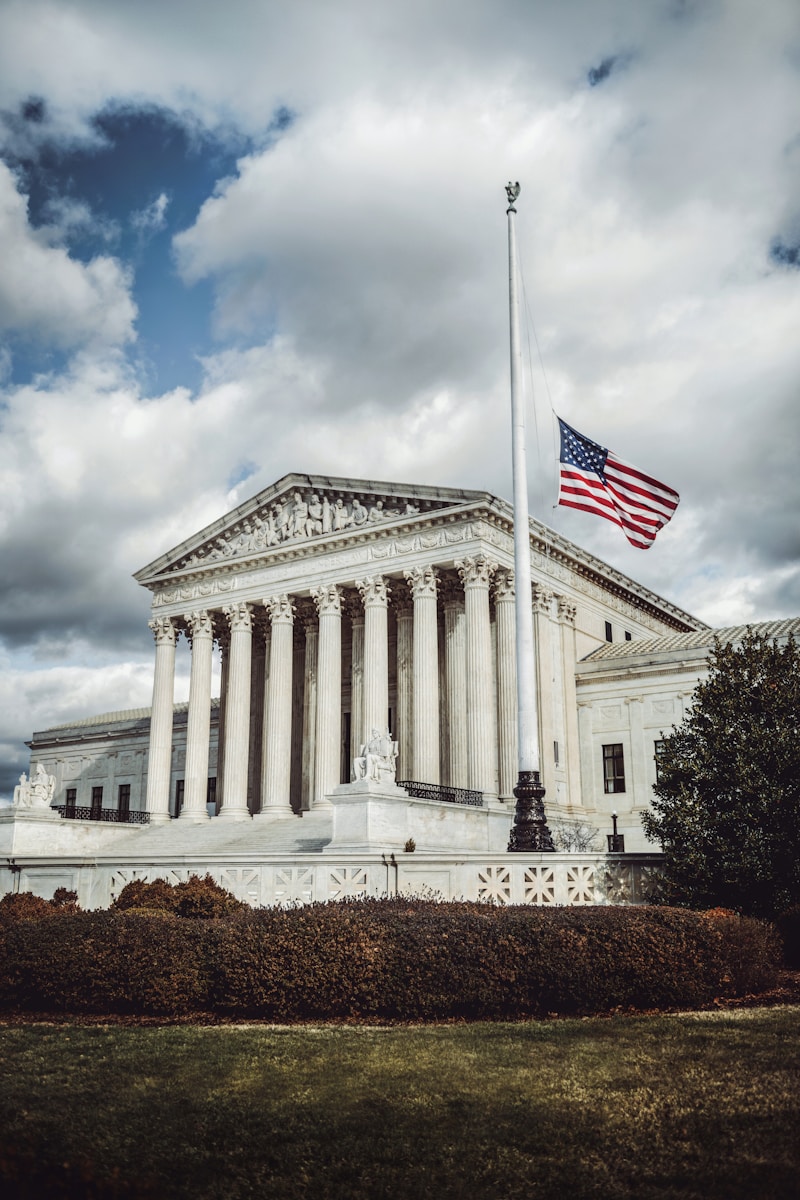Key Takeaways
• The Supreme Court allows NIH funding cuts of $783 million.
• The cuts target diversity, equity, and inclusion research grants.
• The decision came in a 5-4 split, with Chief Justice Roberts dissenting.
• States and health groups warn of public health and life losses.
• A lawsuit over Trump administration guidance on future funding continues.
NIH funding cuts approved in split Supreme Court ruling
The Supreme Court ruled on Thursday that the Trump administration can move ahead with NIH funding cuts. These cuts remove hundreds of millions in research grants aimed at diversity, equity, and inclusion. The decision came in a 5-4 vote, with the court lifting a lower court order that blocked $783 million in cuts. However, guidance on future funding remains blocked as legal challenges continue.
Why the Supreme Court approved NIH funding cuts
First, the Trump administration told the National Institutes of Health to cancel grants tied to diversity, equity, and inclusion. A lower court blocked these NIH funding cuts. It said the administration overstepped its legal authority. Meanwhile, states and public health groups sued to protect the funding.
Next, the Supreme Court reconsidered that order. In a split decision, the court lifted the block on $783 million. Four justices opposed the move. Chief Justice John Roberts joined the court’s three liberal members to oppose the cuts. Yet the majority allowed the NIH funding cuts to proceed while the lawsuit continues.
What the NIH funding cuts mean for research
The NIH funding cuts eliminate grants for projects that support diversity in health research. These grants aimed to improve study diversity and reduce health gaps. For example, some projects focused on diseases affecting minority groups. Others studied how social factors shape health outcomes.
Moreover, the cuts could delay or end research that seeks to understand health disparities. Researchers say that lack of diversity in studies can skew results. As a result, treatments and care may not serve all communities fairly.
Therefore, the impact extends beyond any single study. Health experts warn that the NIH funding cuts could stall progress on critical public health problems.
Who will feel the impact
States like California and Maryland joined the lawsuit against the cuts. They argued that the funding supports public health labs and university research. Public health advocates say the cuts threaten vital projects on cancer, diabetes, and mental health.
In addition, nonprofit groups voiced concern. They said the NIH funding cuts could lead to “incalculable losses in public health and human life.” They warned that vulnerable populations would suffer the most.
Researchers at major universities also spoke out. They noted that canceled grants mean fewer jobs for lab technicians and early-career scientists. Moreover, graduate students could lose funding for their studies.
What happens next
While the Supreme Court allowed the NIH funding cuts, the lawsuit continues in lower courts. Plaintiffs want a final decision on whether the administration had authority to end the grants.
At the same time, Trump administration guidance on future funding remains blocked. That means no new rules can fully reshape NIH grant priorities until courts rule again.
As a result, NIH officials face uncertainty. They must decide how to cancel existing grants while awaiting final legal word. Meanwhile, researchers must scramble to secure alternative funding.
The broader debate over diversity in research
These NIH funding cuts are part of a wider push to limit diversity, equity, and inclusion programs. Supporters of the cuts call DEI initiatives political and irrelevant to science. They argue that funding should focus only on “merit.”
However, opponents insist DEI funding promotes better science. They say diverse research teams bring fresh perspectives. In turn, this can lead to more accurate findings and fair health solutions.
Therefore, the battle over NIH funding cuts also reflects a national debate on how science should address social issues.
How the cuts affect you
If you are a patient, the cuts could slow the development of treatments that help your community. If you are a student, you may face fewer scholarship and research opportunities. Researchers and lab staff could lose jobs or projects.
Yet, for now, only some grants are canceled. Other research funding at NIH continues. Scientists working outside DEI may see no change. That said, many worry that this decision signals a larger funding shift.
Moving forward
The Supreme Court’s split decision marks just one step in a long legal fight. Both sides expect more court hearings and briefs. In the meantime, NIH funding cuts move ahead for the $783 million blocked earlier.
Researchers, states, and groups will continue to make their case. They hope to restore funding in the lawsuit’s final outcome.
Meanwhile, the public can stay informed and voice opinions to lawmakers. After all, public health and scientific progress often depend on community support.
Conclusion
The Supreme Court has opened the door to major NIH funding cuts aimed at diversity, equity, and inclusion. Although the decision lets the Trump administration cancel $783 million in grants, legal challenges continue. States, researchers, and health advocates warn of broad public health risks. The fight over NIH funding cuts highlights a deeper divide over DEI’s role in science. As the court battle unfolds, many will watch to see how research and public health fare.
FAQs
1. What are NIH funding cuts?
NIH funding cuts refer to the elimination of research grants by the National Institutes of Health. The recent cuts target projects linked to diversity, equity, and inclusion.
2. Why did the Supreme Court allow these cuts?
In a 5-4 split decision, the court lifted a lower court’s block on $783 million in cuts. The court said the administration could cancel those grants while the lawsuit continues.
3. Who opposes the NIH funding cuts?
States, public health groups, researchers, and universities oppose the cuts. They warn of public health losses, stalled research, and job impacts.
4. What happens next in this legal fight?
The lawsuit continues in lower courts. Meanwhile, guidance on future NIH funding remains blocked until final rulings.



